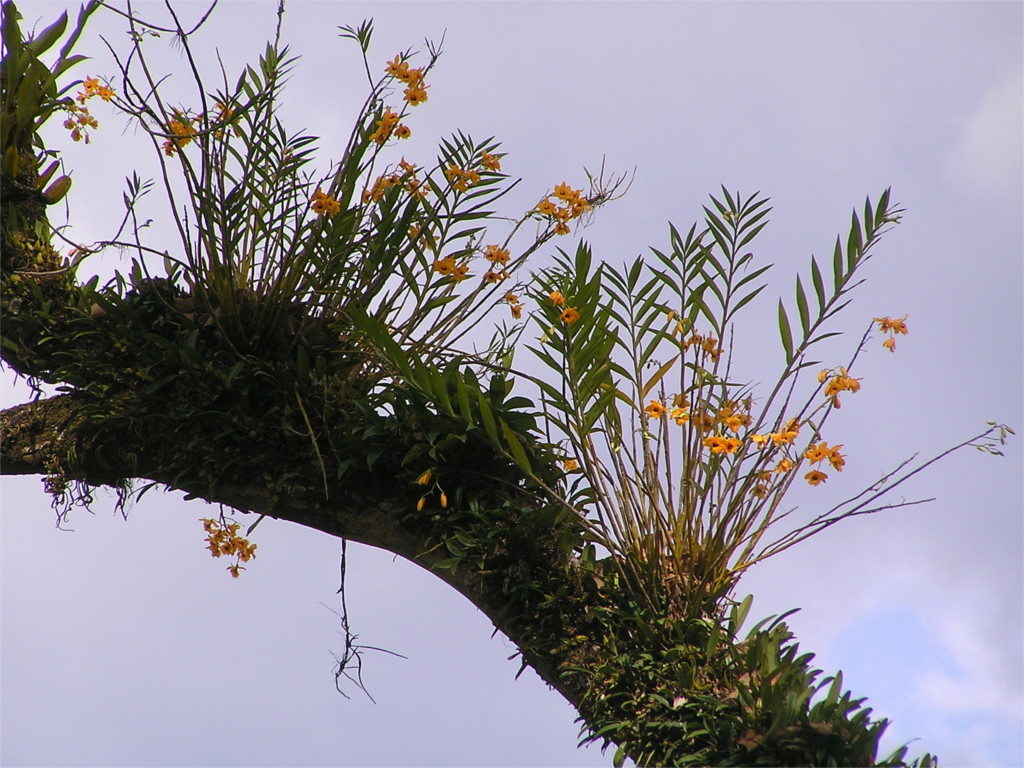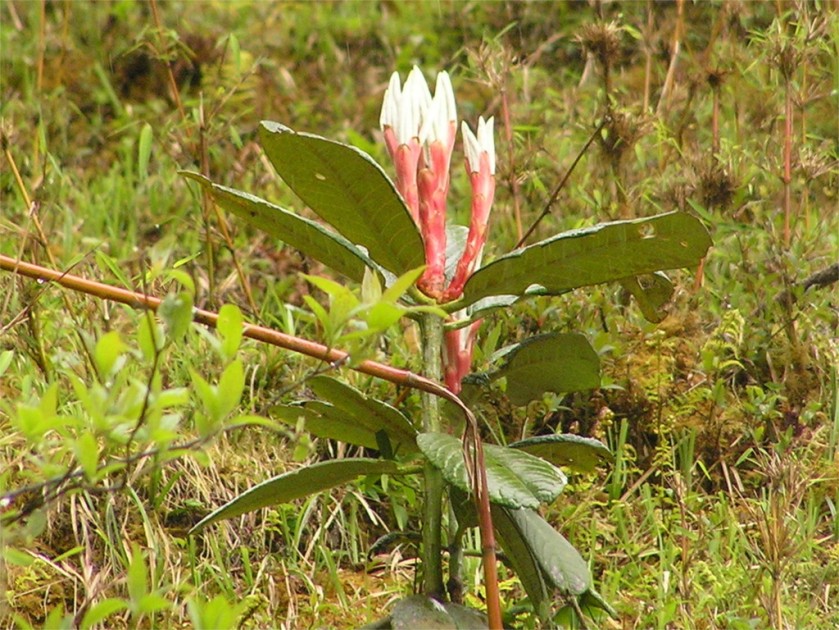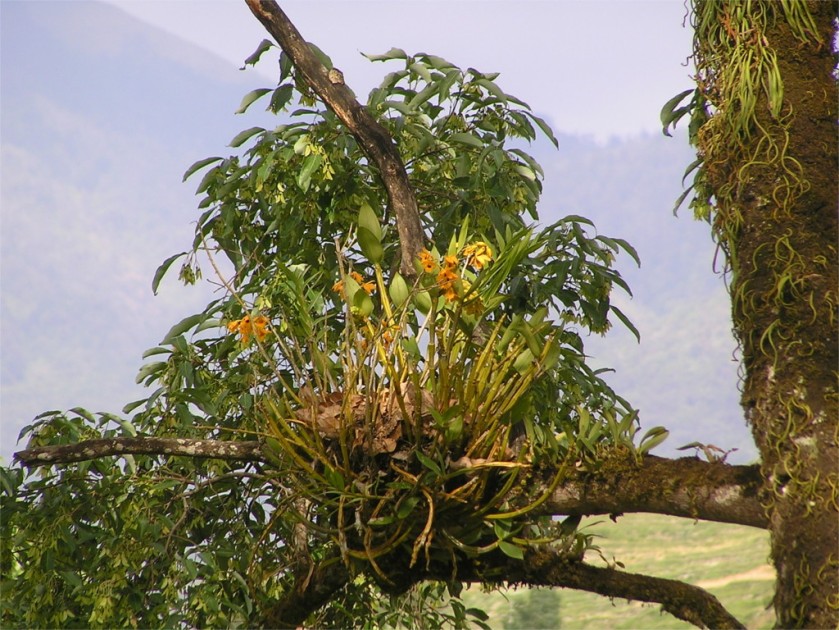Doesn’t everyone need exactly what they don’t have? During normal times I would be so wrapped up in busy-work all day that I had no time to think outside the box. In a life crammed with not-so-necessary meetings, unending traffic, pointless face-to-faces, a holiday was a time to unwind. You wanted the most picturesque. Now, in a time of travel restrictions, any get away is good enough. We are lucky to have spectacular destinations a short drive away. These are destinations that we neglected in the past. Now the idea of wading through seasonal streams in beds of volcanic basalt is wonderful. Everything outside your eyeballs is a source of inspiration. As your body exerts itself, your mind becomes alert. You see new things.
We came to a point where the stream ran below a low bridge. We were forced to cross the road. We weren’t the only ones. A land crab scuttled across the blacktop. I’d never seen a land crab walk before, and I’d expected the same ten-footed sideways gait as sea crabs. This one walked sideways on two feet! Bipedal land crabs should be easy to identify. Unfortunately I have no field manual. So I’ll leave it as belonging to the family Gecarcinidae and move on. I have to move faster than The Family when I’m taking photos, because she gets a little testy sometimes about my frequent photo stops.
Clambering over stones at the edge of the road I saw a mass of pulsating red. A closer look showed me the original inhabitants of India. These were centipedes (class Chilopoda). They have one pair of legs in each segment of the body. This distinguishes them from millipedes, which have two pairs of legs per segment. It seems that their ancestors lived in the Indian landmass 80 to 100 million years ago. The oldest signs of humans here are no older than 1.5 million years ago. I gave these unfriendly ancient natives of India a wide berth, and moved on.
The flooding water had moved loose stones on to the road. These scattered stones now stood in the way of the water still flowing over the road. I looked at the criss-cross of braided flow that resulted. Quite an interesting pattern. Worth a shot, isn’t it?
As we climbed proceeded along the stream on the other side of the road, more inspiration waited to strike. My strides disturbed a leap of grasshoppers (infraorder Acrididae). They jumped from the low grass on to stones. Most of them jumped away immediately into grass again. A few stragglers gave me an opportunity to take photos. Stubby little bodies, light green in colour. Huge hind legs, which could unfold at the knee to allow them to jump many times their body lengths. I saw this species again a couple of times. I should spend some time trying to identify them.
Just ahead, a small caterpillar on a rock in the middle of the stream posed a mystery. What is a caterpillar doing on a bare rock in the middle of flowing water? A mystery worthy of Hercule Poirot, I believe. There were rice fields ahead. This stream led there. Perhaps a clue to the origin of the caterpillar? My little grey cells tickled. I walked on.















